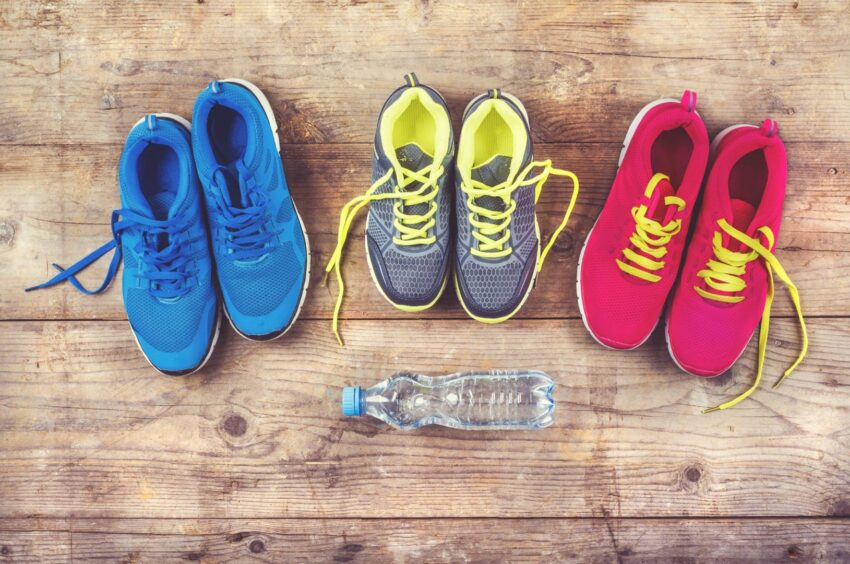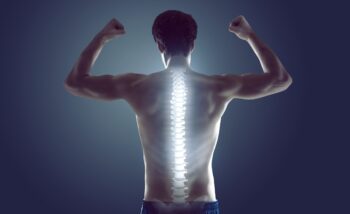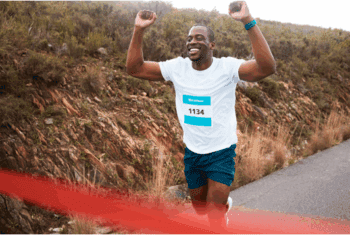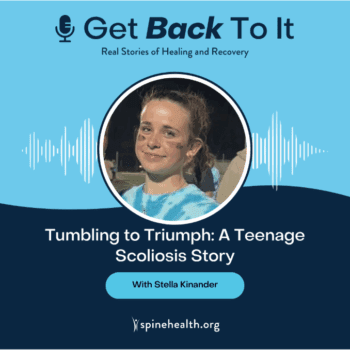Demystifying Finding Your Perfect Shoe
Spinal discomfort or pain can often limit or completely stop a person from continuing his or her previous exercise routine. But an active lifestyle is a key piece of long-term health and also important to the quality of life for many. Spinal problems should not be ignored and advances in treatment approaches and technology now allow people to get back to active lifestyles after both surgical and non-surgical treatments.
As every medical professional will attest, the first step to supporting a healthy back in the long term is a strong healthy body, with a particular focus on a strong core – whether for an already healthy individual or one recovering from a surgery. Once your body is working properly, appropriate equipment can allow you to return to your previous exercise routine or even start a new one. Previous spinal issues do not necessarily prevent exercise at a high level.
If running or walking is your choice of activity, a good pair of running/walking shoes should be a high priority, however, there are literally hundreds of shoe options. How do you pick the right one? In the most basic terms, you want a comfortable shoe, but what makes it comfortable? Different shoes are designed for different purposes, different foot types, and different running/walking forms. To guide your selection, visit a specialty store where the staff can help guide you through the otherwise intimidating wall of options.
Running shoes have come a long way. Gone are the days of sore arches, beat up toes, and persistent blisters. From advanced cushioning to motion control technology, there is a shoe out there for everyone. Running shoes are designed to accommodate a wide variety of foot shapes, body types, and biomechanical inefficiencies. The challenge is matching the right shoe to each person.
Fitting for Comfort
No two athletes are the same. The dimensions of your feet as well as the strength and flexibility of the muscles and joints in your legs make you one of a kind. Running and walking shoes are designed to accommodate a wide variety of foot shapes, body types, and biomechanics. A video gait analysis allows you to view how your foot strikes the ground at the precise speed that is comfortable for your routine, You might even see different results depending on your activity, running vs. walking for example. By carefully assessing this unique gait, experienced shoe fitters will identify the correct stability category of shoe for that person. Slow motion can help to highlight the way gait is affected by different shoes. In addition to considering how the foot strikes the ground, one can also assess overall mechanics to gain additional input toward the best shoe choice.
Together, both practices enable each person to choose the best shoe for him/her. For runners and walkers, identifying ways to improve running/walking economy can help enhance comfort, reduce injury, and make exercise routines of all levels more manageable. Repeating this process each time new shoes are needed (every four to seven months or 300- 500 miles) may help to minimize common repetitive use injuries associated with running and walking. As fitness changes, whether due to change in running form, activity level, or lifestyle, it’s best to reconfirm shoe choice, as what is best for you may also change over time.
Read the full article in the Fall 2015 issue.




